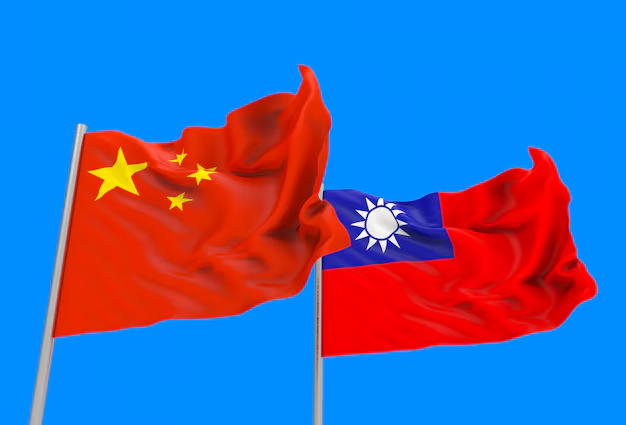by Martin Haffner Associate Editor
In recent years, the geopolitical tension surrounding Taiwan has escalated significantly, particularly with China ramping up its military exercises in the region. The island, which Beijing regards as a breakaway province, has been the focal point of a potential flashpoint in East Asia. Recent military drills conducted by the Chinese Armed Forces have highlighted the strategies and capabilities they might employ in a hypothetical invasion scenario. Understanding these exercises sheds light on China’s military doctrine and its implications for Taiwan and regional stability.
The Context Behind the Drills
The drills are often framed as ‘practice’ operations intended to prepare for a range of military scenarios, including a possible invasion of Taiwan. These exercises have grown in frequency and scale, demonstrating China’s commitment to reclaiming what it views as its territory. Taiwan, with its flourishing democracy, vibrant economy, and strategic location, serves as a critical player in the global supply chain and security dynamics in the Asia-Pacific region.
Encirclement Strategy
One of the most notable strategies employed during the drills is the encirclement of Taiwan. Chinese forces often conduct large-scale naval and air maneuvers designed to establish a blockade around the island. This multi-faceted approach aims not only to demonstrate military assertiveness but also to simulate a means of suffocating Taiwan’s economic and logistical capabilities. By controlling surrounding airspace and sea routes, China could effectively isolate Taiwan from international support and resources in the event of a conflict.
Amphibious Assault Capability
A successful invasion would hinge on China’s amphibious assault capabilities. Recent drills have showcased the People’s Liberation Army Navy (PLAN) deploying numerous landing craft and troop carriers designed for a large-scale incursion. These exercises indicate China’s efforts to refine its ability to transport and land troops swiftly and effectively on Taiwanese shores. The integration of advanced technologies, like drones and advanced surveillance systems, has further bolstered these capabilities, facilitating coordinated operations that could overwhelm local defenses.
Air Superiority and Cyber Warfare
To enable a successful military campaign, achieving air superiority is crucial. The People’s Liberation Army Air Force (PLAAF) has conducted numerous exercises aimed at bolstering its air power in the region. These exercises often involve simultaneous attacks on key strategic sites in Taiwan, such as military installations and communication hubs. In addition, cyber warfare has emerged as a significant threat, with China likely to employ cyber attacks to disrupt Taiwanese command and control capabilities before and during an invasion.
International Repercussions
A Chinese invasion of Taiwan would trigger profound geopolitical consequences. The United States, along with several allies in the region such as Japan and Australia, has historically maintained a policy of strategic ambiguity, suggesting that it would assist Taiwan in defending itself against aggression. The implications of a military conflict in the Taiwan Strait would undoubtedly extend beyond the region, potentially drawing in global powers and destabilizing international markets.
While thoughts of an invasion may seem like a distant possibility, the increased frequency and scale of Chinese military drills surrounding Taiwan reveal a strategic intent that cannot be ignored. The combination of encirclement tactics, amphibious capabilities, air superiority efforts, and cyber warfare strategies paints a picture of a coordinated military approach to reclaiming Taiwan. As tensions continue to rise, understanding these developments is vital for global security and the future of the Asia-Pacific region. The world watches closely, hoping that diplomatic avenues prevail over military confrontation, but the undertones of conflict are ever-present. The situation remains fluid, underscoring the critical need for vigilance and proactive engagement by the international community.



